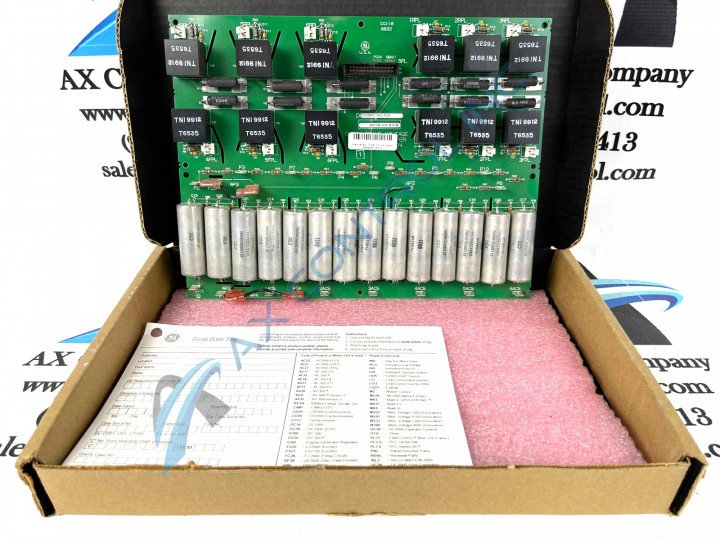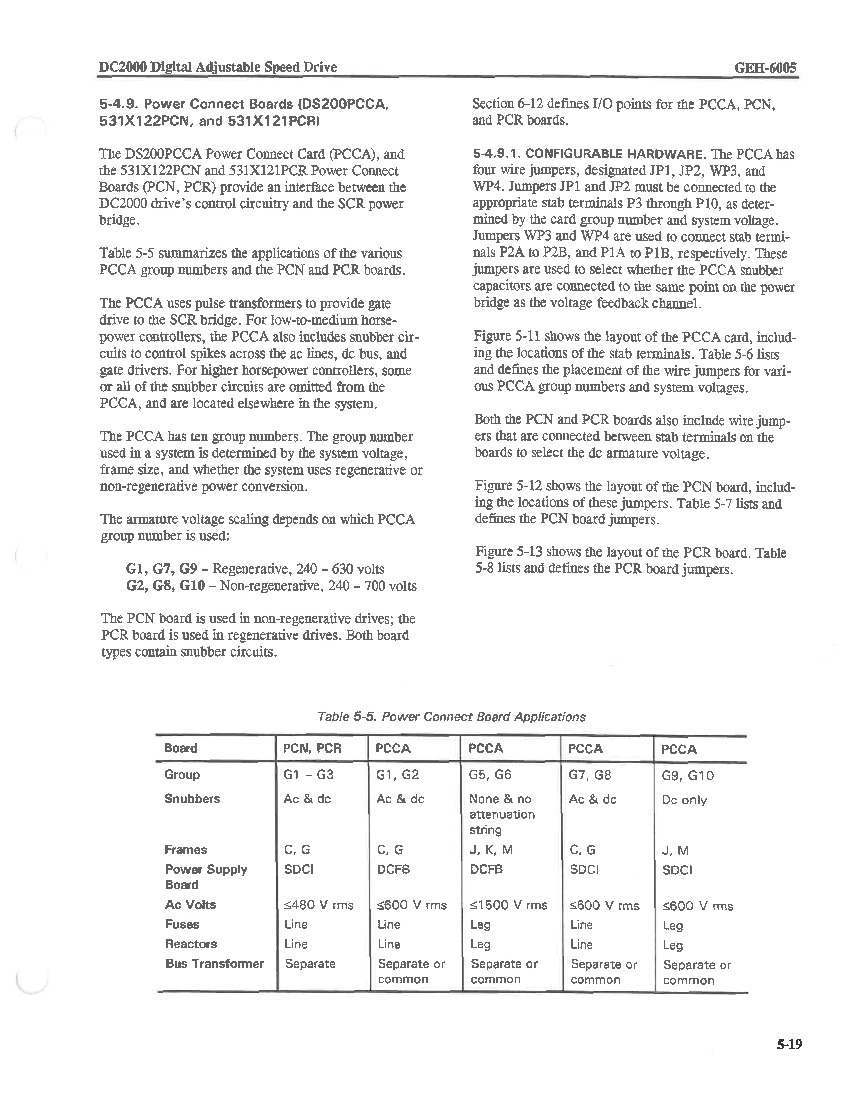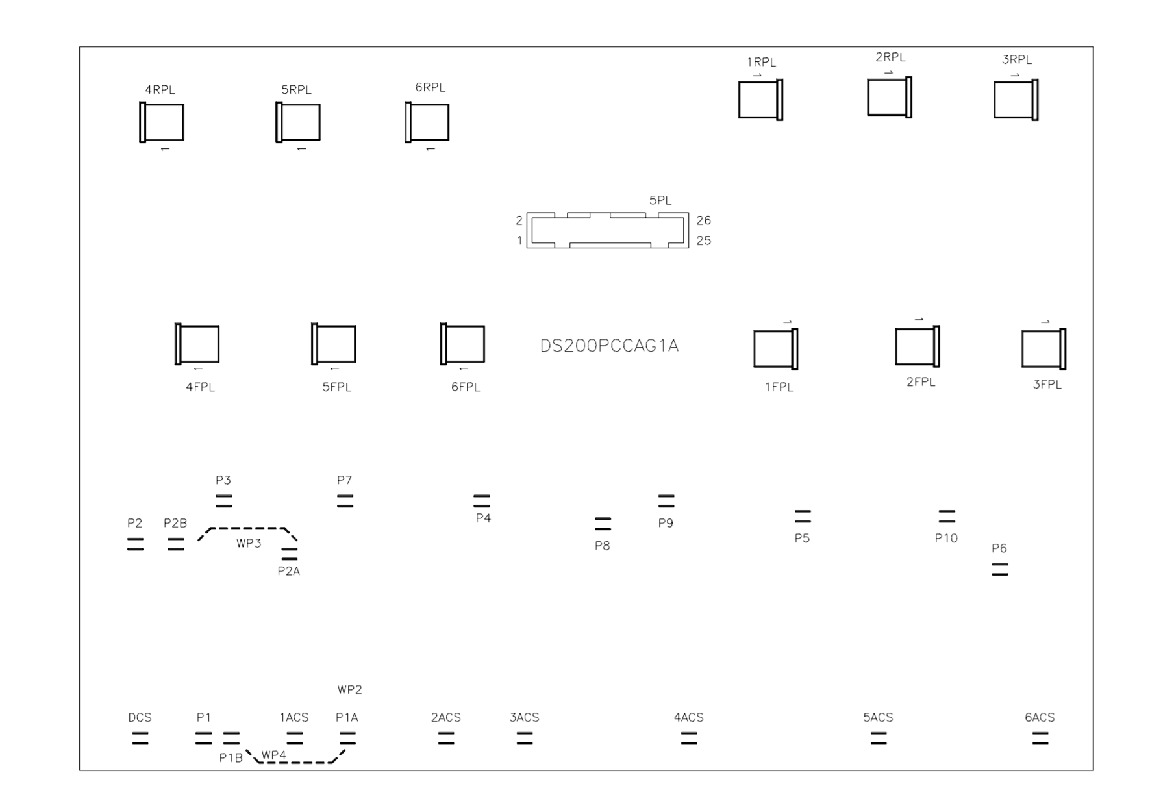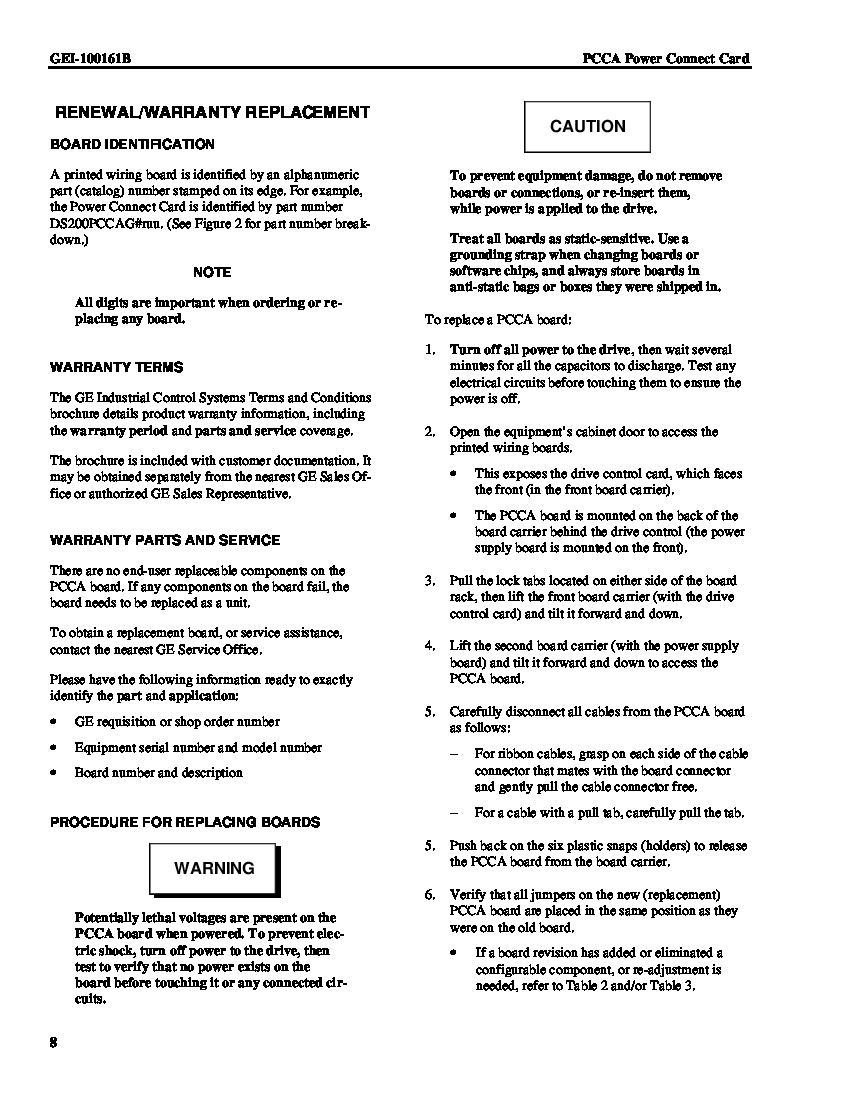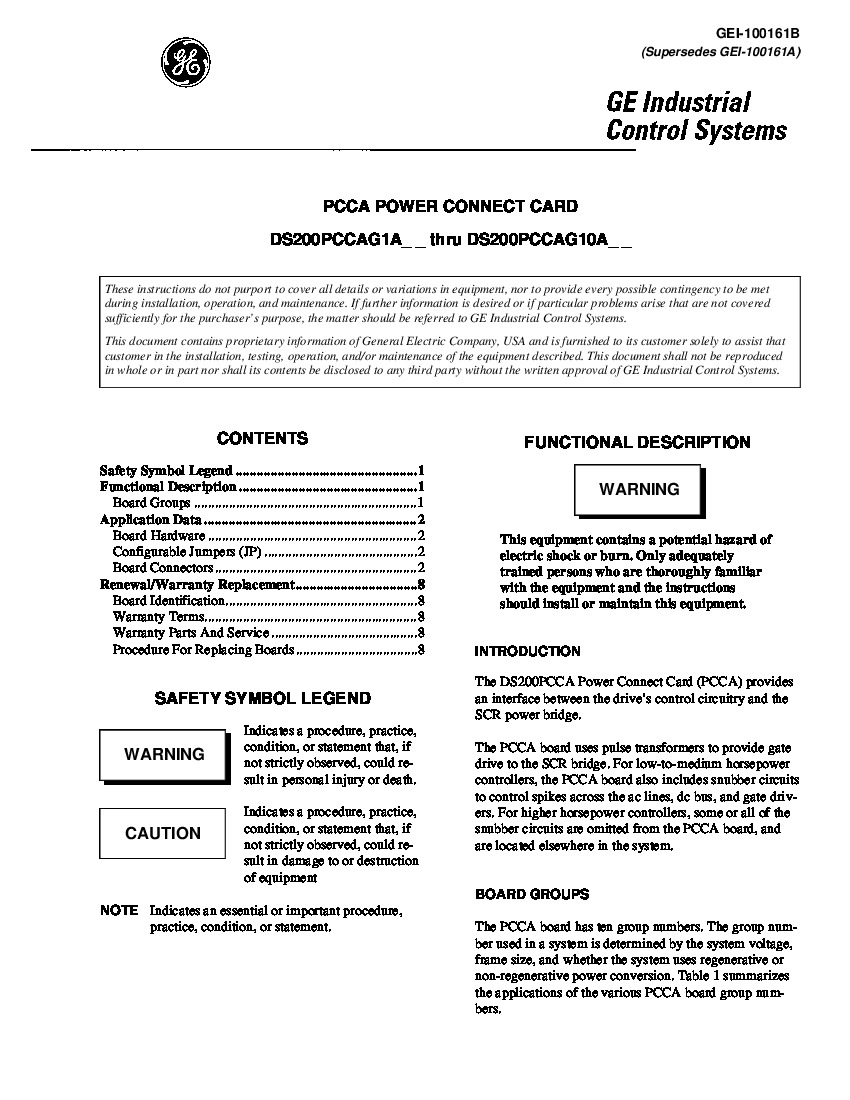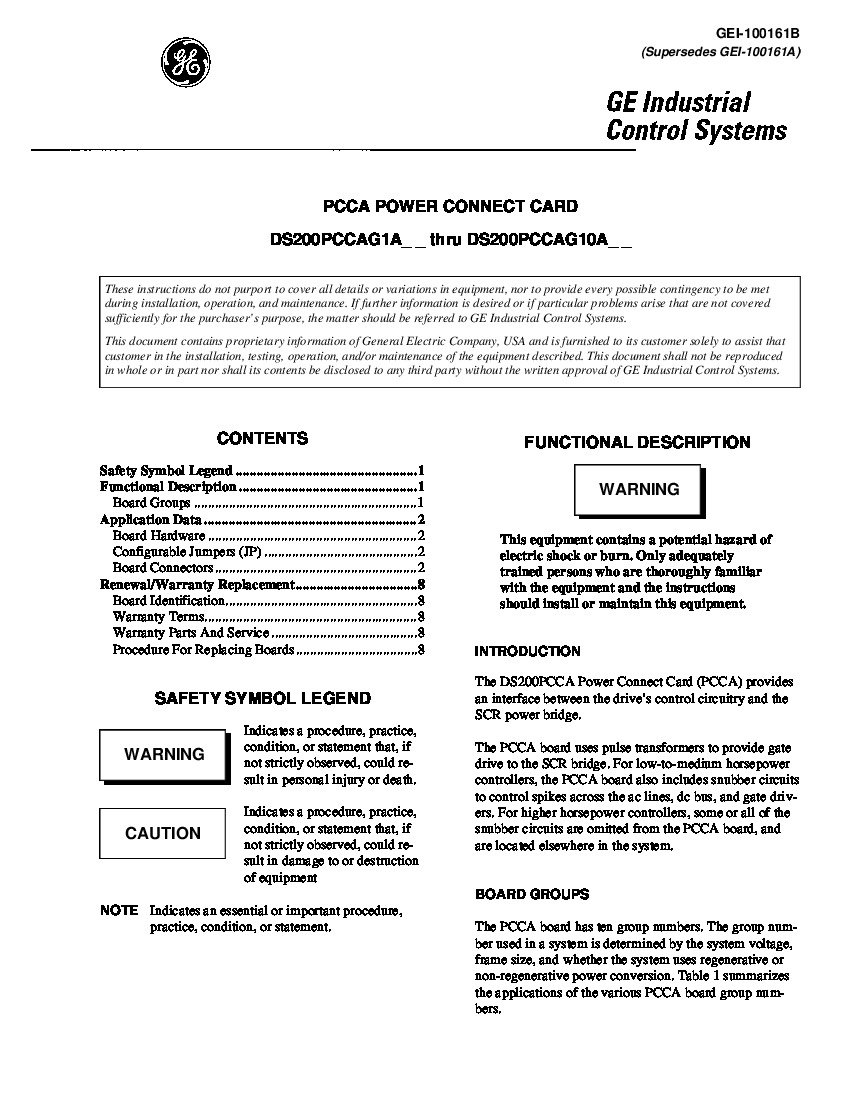About the DS200PCCAG1A
This DS200PCCAG1A printed circuit board product offering is a member of the Mark V Series developed by trusted industrial manufacturer General Electric. The Mark V Series is one of the latest General Electric product series developed with GE's patented Speedtronic technology, which was first introduced with the rollout of the Mark I control system series in the late 1960s. This Mark V Series has specific applications in gas, steam, and wind turbine control systems and automated drive assemblies, and is considered to be a legacy series, as it has been discontinued for production by its original manufactured in the years following its first conception. This DS200PCCAG1A printed circuit board is more explicitly definable as a Power Connect Card, as that is the official functional product description that this DS200PCCAG1A PCB is described as in Mark V and General Electric instructional manual materials. While this DS200PCCAG1A product is certainly definable as a Power Connect Card, it is not considered the original Power Connect Card developed for placement in the Mark V; that would be the DS200PCCAG1 parent Power Connect Card missing this DS200PCCAG1A Board's A-rated functional product revision.
Hardware Tips and Specifications
The GE DC Power Connect Board DS200PCCAG1A serves as an interface between the drive and the SCR power bridge, and given this specific intended functionality, necessitates its own particular range of hardware components and specifications. DS200PCCAG1A is installed in a drive carrier in the circuit board cabinet on the Mark V Series automated drive. To access the board, you must tilt forward two other boards that are in the board cabinet. This procedure must be performed only by trained servicers or by those who are otherwise qualified. To be considered qualified, the individual must be familiar with all safety procedures to work around high-voltage devices. The individual must have testing equipment to test for current and a static prevention strap so that static electricity will be removed from any board the individual touches during service procedures. Many of the specific connectors so important to the functionality of this DS200PCCAG1A Mark V Turbine Control System Series product offering have been listed above in the DS200PCCAG1A instructional manual for your convenience. For example, some of this DS200PCCAG1A device's SCR Bridge-relevant connectors include its:
- The 1FPL – 6FPL _FPL-1 Forward gate pulse to corresponding SCR (red wire) connectors
- The _FPL-2 Forward gate pulse to corresponding SCR (white wire) connectors
- The 1RPL – 6RPL* _RPL-1 Reverse gate pulse to corresponding SCR (red wire) connectors
- The _RPL-2 Reverse gate pulse to corresponding SCR (white wire) connectors
While accessing this DS200PCCAG1A Power Connect Board in its greater Mark V Series automated drive assembly is certainly important, so too is identifying many of the hardware components helping to introduce its intended series functionality. For starters, the base circuit board of this PCCA-abbreviated Power Connect Card features a standard number of typical Mark V Series voltage-limiting hardware components, ranging from various, resistors, capacitors, and diodes to the thick, rudimentary normal style of printed circuit board protective coating that has been applied to its external assembly. As indicated in original General Electric instructional manual materials, this DS200PCCAG1A PCB features both Ac and Dc styles of snubbers in its assembly, and supports both C and G styles of Mark V Turbine Control System Series frames. The power supply board that has been deemed as compatible or even necessary for the normative functionality of this DS200PCCAG1A product is the SDCI-abbreviated power supply board, which is also available for both repair and replacement in a number of styles and revisions here at AX Control. This DS200PCCAG1A Power Connect Board features line styles of both fuses and reactors in its normal Mark V Turbine Control System Series assembly, and features an additional, albeit separate bus transformer for additional voltage treatment and protections.



